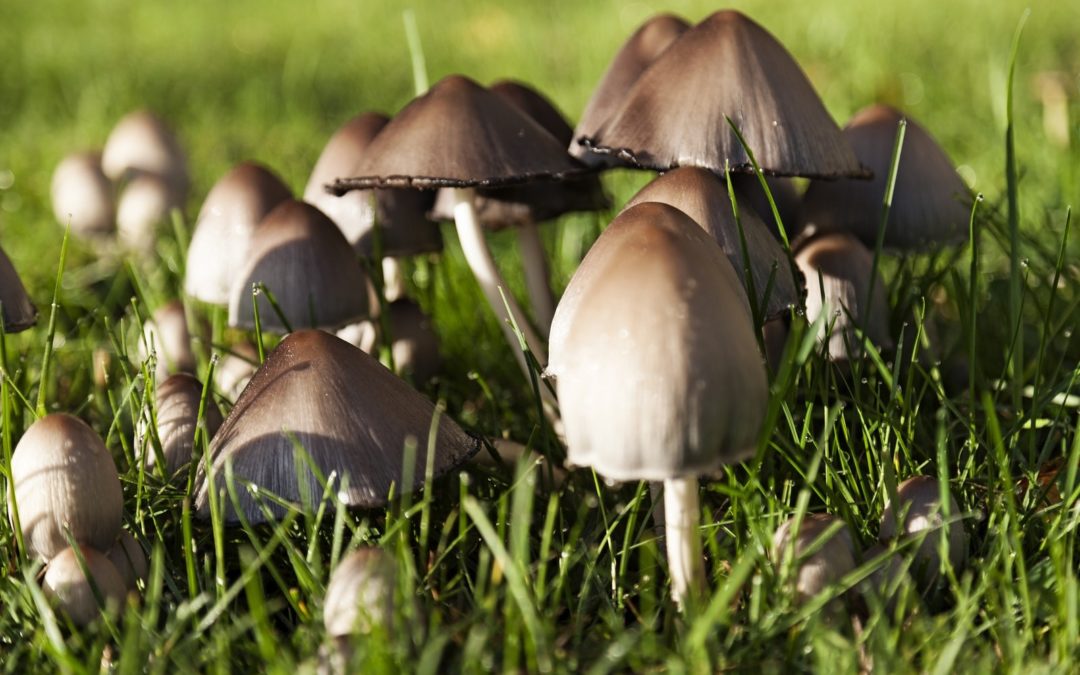Lawn fungal diseases manifest in different ways. They can take the form of visible rings, threads, spots, slimes, brown patches and more. One thing’s for certain —once they grow in your lawn, they’re incredibly hard and expensive to treat. If grass fungal diseases keep threatening your yard’s health and looks, it might be time to consider an artificial turf installation in Stockton for a permanent solution.
What causes lawn fungal disease?
Yards with real grass have naturally occurring spores and fungi. Some of these are harmless, but certain conditions can trigger the harmful ones into a full-blown disease. Below are some top causes:
- Overwatering
- Using the wrong fertilizers
- Applying too much fertilizer
- Improper mowing, such as not mowing enough or mowing the grass too short
- Growing the wrong kind of grass based on your geographical conditions
- Specific weather conditions, especially those that involve humidity and temperature changes
- Drought conditions
Once you notice the signs of fungal infection on your lawn, one or more of these elements may be the culprit.
Symptoms of Lawn Fungal Disease
The first step to treating destructive grass fungi is diagnosis. The warning signs below may indicate the need to finally replace your grass with artificial grass in Stockton:
- Discolored or distorted grass blades
- Brown, dead-looking patches on your yard
- Yellow, white or brown rings that grow over time
- Purple, orange, black, gray or red spots on stems or grass blades
- Pink, black or grey powdery coatings on the grass
- Pink, black or grey thread-like substance on the grass
- Slimy spots on your yard
- Grass that looks darkened or greasy
Common Types of Lawn Fungal Diseases
Numerous fungal diseases can hit lawns. Each of them requires a specific set of conditions, periods of the year and lawn types to occur. Below are some examples:
- Brown patch is more prevalent during humid and hot weather.
- Powdery mildew targets Kentucky bluegrass and other cool-season grass under cloudy conditions.
- Dollar spots usually occur during cool nights that produce heavy dew.
- Red thread disease attacks cool season grasses and is often caused by low levels of nitrogen in the soil.
- Fusarium blight fungi thrive in drought-stricken areas.
Unless you have the experience and tools required to treat these fungal diseases, you might have to pay a professional to resolve them. Do it DIY and expect to spend on fertilizer and new grass seeds. Be prepared to invest a lot of time and effort in eliminating the spores and re-growing your lawn.
Either way, both methods of dealing with grass fungi can be stressful process and don’t guarantee long-lasting results.
Artificial Grass: The Permanent Solution to Lawn Fungi Diseases
With artificial turf installation in Stockton, you’re not just treating the symptoms of grass fungal disease – you’re going straight to the root of the problem. It’s the most effective way to get rid of grass fungi due to the following reasons:
- There is no live grass for fungi to infect.
- There are minimal fallen leaves and weeds to create ideal conditions for fungal growth.
- It’s unaffected by weather changes, which are a huge factor in the development of fungi.
- Its drainage backing means no moist patches for fungi to grow.
- There’s no danger of under or overfertilization, which can cause mold and other yard diseases.
As long as your yard is protected by synthetic turf, you’ll never need to worry about lawn fungi again. All that’s left is a vibrant, fresh-looking lawn that stays green all year long.
For top-quality residential, commercial and artificial grass for dogs in Stockton, trust Stockton Artificial Grass. Call us today at 408-723-4954 for any questions you may have about synthetic turf and to receive a FREE quote.

